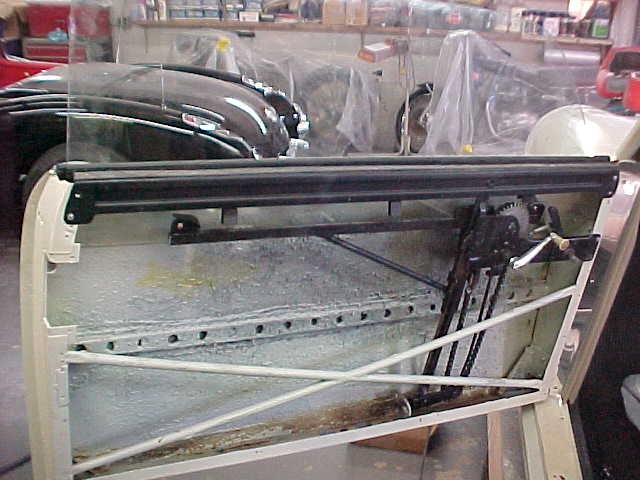|
Visitors to this site have expressed some interest in the page on build quality and Aurelias. A small confession then - having spent a lot of time looking over Aurelia parts and drawings, I've a lot of affection for the engineering, design and fabrication of the cars. There's nothing like seeing a well thought-out drawing, with those parts in your hand and knowing it all works well. Too often, cars from smaller production groups are considered built-ups, not to top standards. The Aurelia, and all Lancias from the beginning, were not like smaller artisanal products, and were built to higher standards. And that is part of their charm - you don't get a firewall pressing without commitment. Yet some aspects of the Aurelia enterprise were not up to those standards. Anyone who has worked on door locks, window winding mechanisms, or even wipers, will curse 1950s production standards, and wonder what were they thinking? Apart from the usual cry that "Lancia just subbed those to outside vendors", the reality is that not absolutely everything on the Aurelia was under factory control. Some of these bits were, lets say, challenging? Window winding mechanisms are interesting - there were some 4 or 5 different types used in B20s. The problem was how to control a window without guides - and they (like many others) struggled to get this right, ultimately ending up in the s.6 with vent wind and (no surprise) a smaller window with a vertical guide. The issue existed in the Flaminia coupes, and for other manufacturers too - ever wonder why Lotus had fixed window frames in later Elans? The complex window cranking mechanism, from an outside supplier, had an internal spring in the winder to stop the window from going freely up and down, and gave soft limits at top and bottom.
And lets not forget the charming state of Italian electrics - any Ducati from the 1960s-70s has switches that sometimes think about working, with Lancia (and say Laverda?) in another class altogether. Lancia's electrics represent good efforts to get the best from Carello or Bosch, although sometimes Lancia took to solve the problem themselves. Not sure who made the turn signal switch on a Flaminia Supersport with its two electro-magnetic relays, four teeny little springs and some assorted catches with ball bearings and retainers - its a work of art all on its own. Even if it was made by a subcontractor, someone had to nudge them along. Not everything was magic. Some things, we might say, were in progress.
1 Comment
3/22/2024 03:38:52 pm
I took a close look at the build quality. It's clear they used high-quality materials – a good sign for durability. I'm curious to see how it holds up over time, but first impressions are definitely positive.
Reply
Leave a Reply. |
CategoriesArchives
July 2023
|



